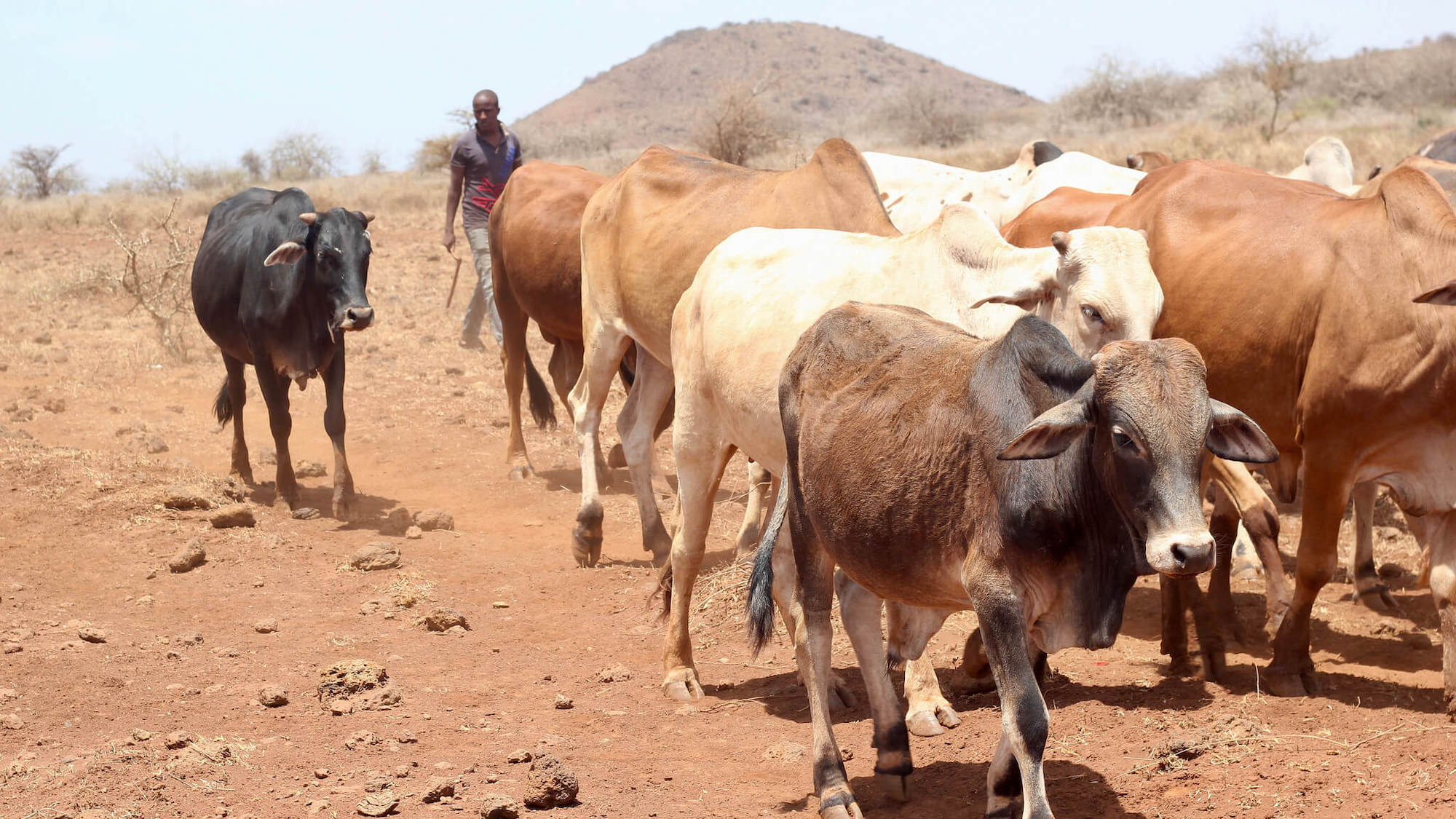
Many communities in the arid and semi-arid (ASAL) regions of Sub-Saharan Africa rely on pastoralism for their food and livelihoods. Pastoralism heavily depends on the availability of and access to land and water, both of which are in decline due to population growth, land degradation and frequent droughts. This reality leaves pastoralists especially vulnerable to climate-induced disasters. While most of the investments in the ASAL regions are in disaster response, building resilience could help stabilize livelihoods and reduce need of humanitarian interventions.
The Triple L research initiative examined 191 pastoralist households in West Pokot County, Kenya in order to narrow down key characteristics that effectively build resilience. These characteristics include, among others, proximity to safe clean water and clinics, opportunity to enter formal schooling and receive education about traditional knowledge on pasture conservation and livestock care, and access to extension advice. Channeling investments to these characteristics could help improve resilience among pastoralist communities, helping them to adapt and mitigate the effects of climate change and overcome development challenges.
The study suggests that a multi-stakeholder approach is necessary in building the infrastructure and human capital of pastoralist communities. For example, access to formal education complements local knowledge, improving decision making; While access to boreholes allows flexibility for pastoralists in times of drought.